Wind and electromagnetism are energies that expand through planetary scales. Divinatory Interfaces look into speculative sensing and sonic composition, by exploring the links between airflow and electromagnetism.

Since ancient times, people have looked to the heavens for signs, and since birds fly, people perceive them as messengers of the gods or fates. Birds were used to divine the future, through their behavior: how they sing, how they fly, and how they eat. Augury is the art of interpreting birds as omens—has been around since before the ancient Romans. It has been practiced all around the world, countless cultures focused on wise birds who talk to the higher and deliver insight to humans.
Our sensing and instrument setup resembles an Augury, by intentionally listening and observing birds, and obtaining a message from their orientation. We combine sensor data from the wind and electromagnetic signals to produce soundscapes. On one side, the wind is sensed using microphones and radio signals from a software-defined radio receiver.
The instrument synthesizes a sort of bird singing, to emulate the act of augury. Playing the instrument can enable or disable data flow from what birds perceive, attuning the generative singing of these birds. The experience of using the instrument/interface should be one of modulating the singing of birds, to obtain a free interpretation specific soundscape.
The song of the talking wire, a painting by Henry Farny depicts a native American listening to the telegraph line. The image is an omen to the irreversible disappearance of the ancient world, its cosmology, and the animist conception of nature. Here technology is a landmark of wind and electromagnetism. The man in the painting listens, and the audience observes this interpretation mediated through culture and technology, an unanticipated clash of the ancient and modernity. Does sensing media provide only one way of interpretation, or is it open to other worlds? Is divination an approach to technology and media in a more diversified way?
Project developed during Sentient Media (Medios Sintientes) - Medialab Matadero. Madrid 2022. In collaboration with Bettina Katja Lange, Lila Izquierdo, Pablo Bordons, Manuela Sancho Sánchez
Interface for sound spatialization in 8 output / 4 input channels, and sound synthesis using embedded computing systems. It takes multiple forms of use and interpretation for sound performance and installation.
Check the post at the Bela Blog



Pulsar Kite is an ongoing research intended to enquire into the playful practice of the kite flight by means of Sonic Augmentation. While it is a non competitive activity, a kite flight can be an activity of mere recreation without further purpose, although it can provide an opportunity to interpolate his potential outputs in the context of Generative Music. When an active user aims to control over unpredictable wind conditions, this physical interaction is transmitted to augment auditory, visual and haptic perception.
Pulsar Kite from Juan Duarte on Vimeo.
Pulsar Kite thesis available here
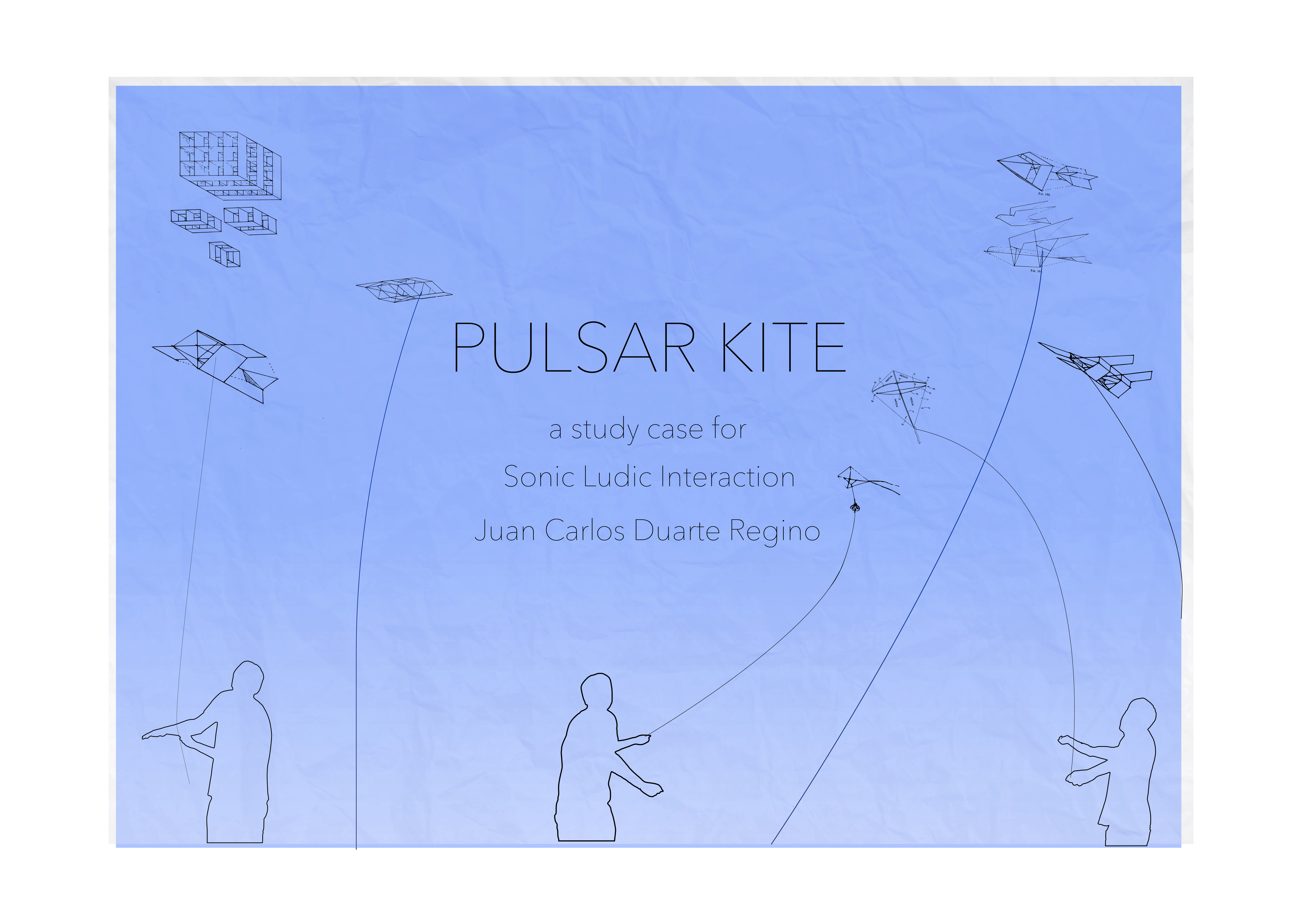
Pulsar Kite, aeolian instrument for computer music. Review in Neural Magazine.

Project Description
Pulsar Kite was initially proposed as a way to enhance an existing object by means of electronic interaction. Thus, the inherent features of a kite were evaluated as playful interaction that comprises a higher environmental system of unpredictable behavior, that is to say, wind currents can be interpreted as a dynamic physical generator to trigger sonic events. Even though the most basic purpose of kite the game is to achieve a certain level of control over wind conditions, a diffuse abstraction of game become visible along his limits: to reach skillful control through undeterministic and self created chaos. More recently, humanities and new media theory have become fascinated with chaos theory, complexity theory, in resonance with Deleuzian- Bergsonian affect and Autopoiesis (Cull, Laura 2009).
Therefore, as this research is situated in the diverse frame of New Media studies, it can imply a multidisciplinary approach that integrate artistic and scientific basis to debate complex experiences. For example we can consider the reading of Complex Systems theory as a review of non linear relations found in the the middle of natural phenomena and sonic augmentation. Consequently, the research suggest an experimental procedure towards the use of electronic media, in order to propose a set of sonic gestures for a performance distinguished by a naturally aleatoric behavior. Furthermore, the performance - game itself takes place in a contemplative situation that enables the understanding of one self enacting an event within a environment. This relation can be close related to the framework of Acoustic Ecology as it propose a sonic interaction with the environment.
Finally, the result of the experience aims to be enhance the single experience of the kite flight, by augmented sound interaction within open space. As an HCI this system is designed to register, process and output signal from a collection of data triggered by flying a kite. This data include speed, rotation and position, to process audio signal in relation to an idle microphone input from the environment. Such a patchwork of information aims is to generate harmonious sound cues to support focus on control, in way to enable responsive feedback relation with user.

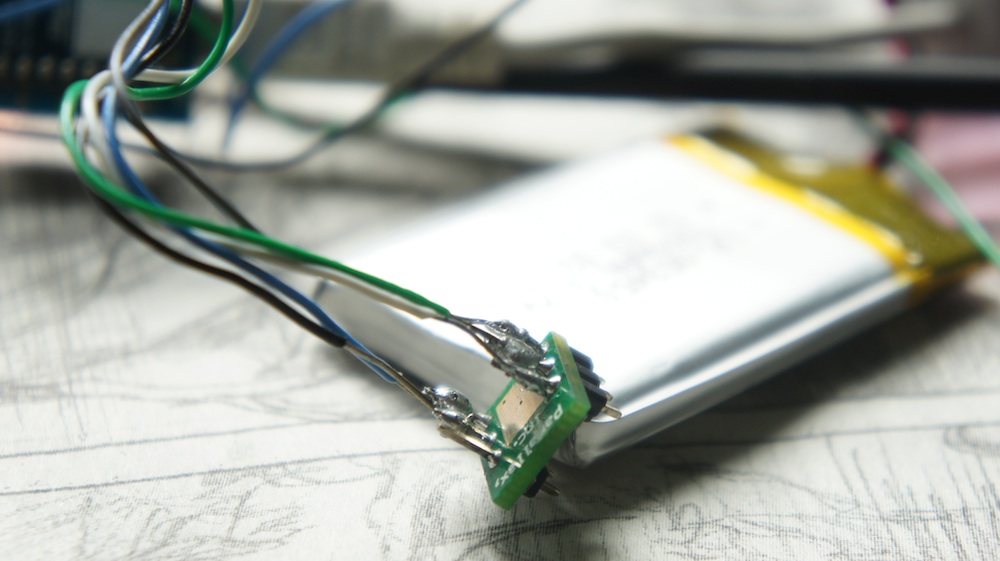
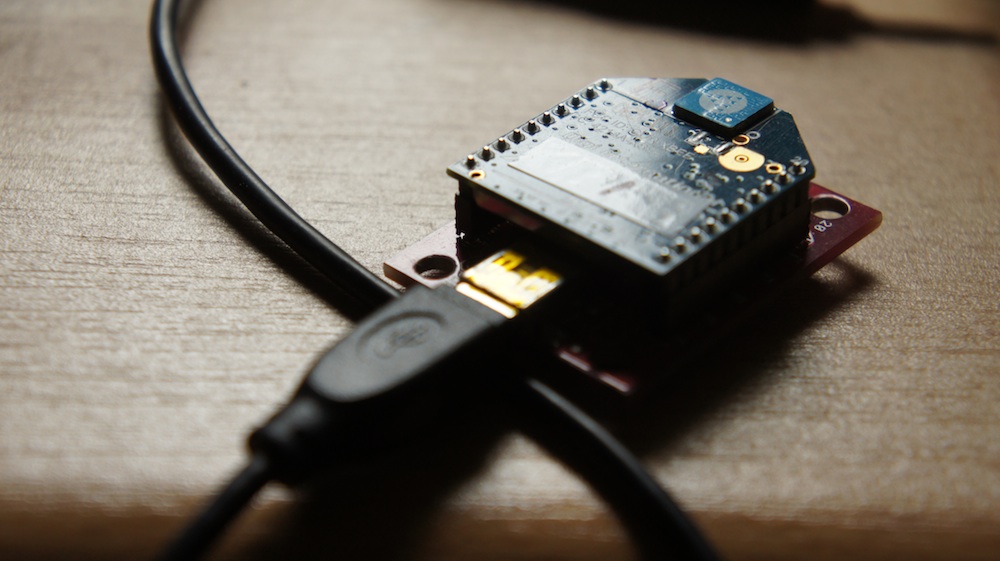
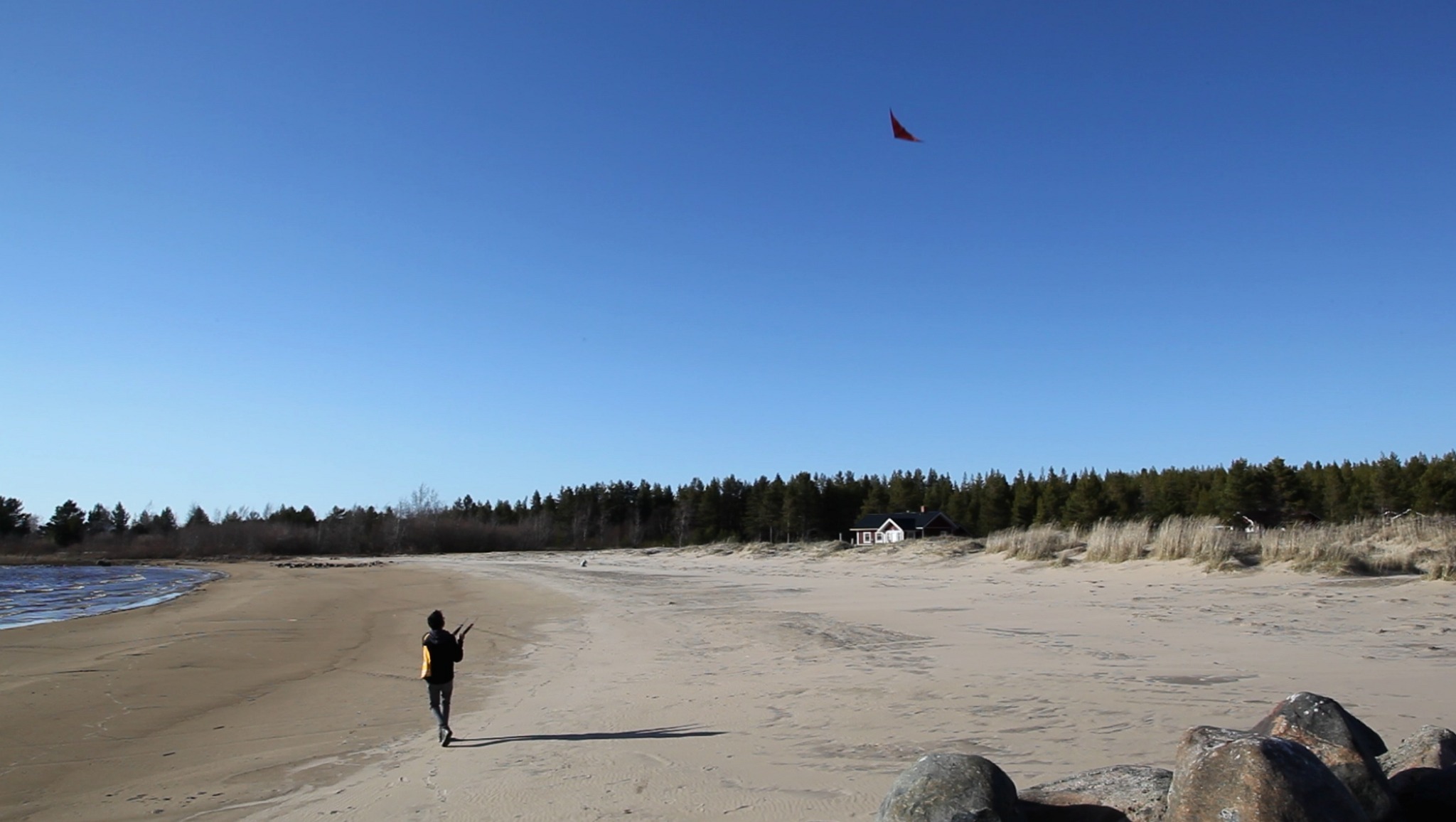
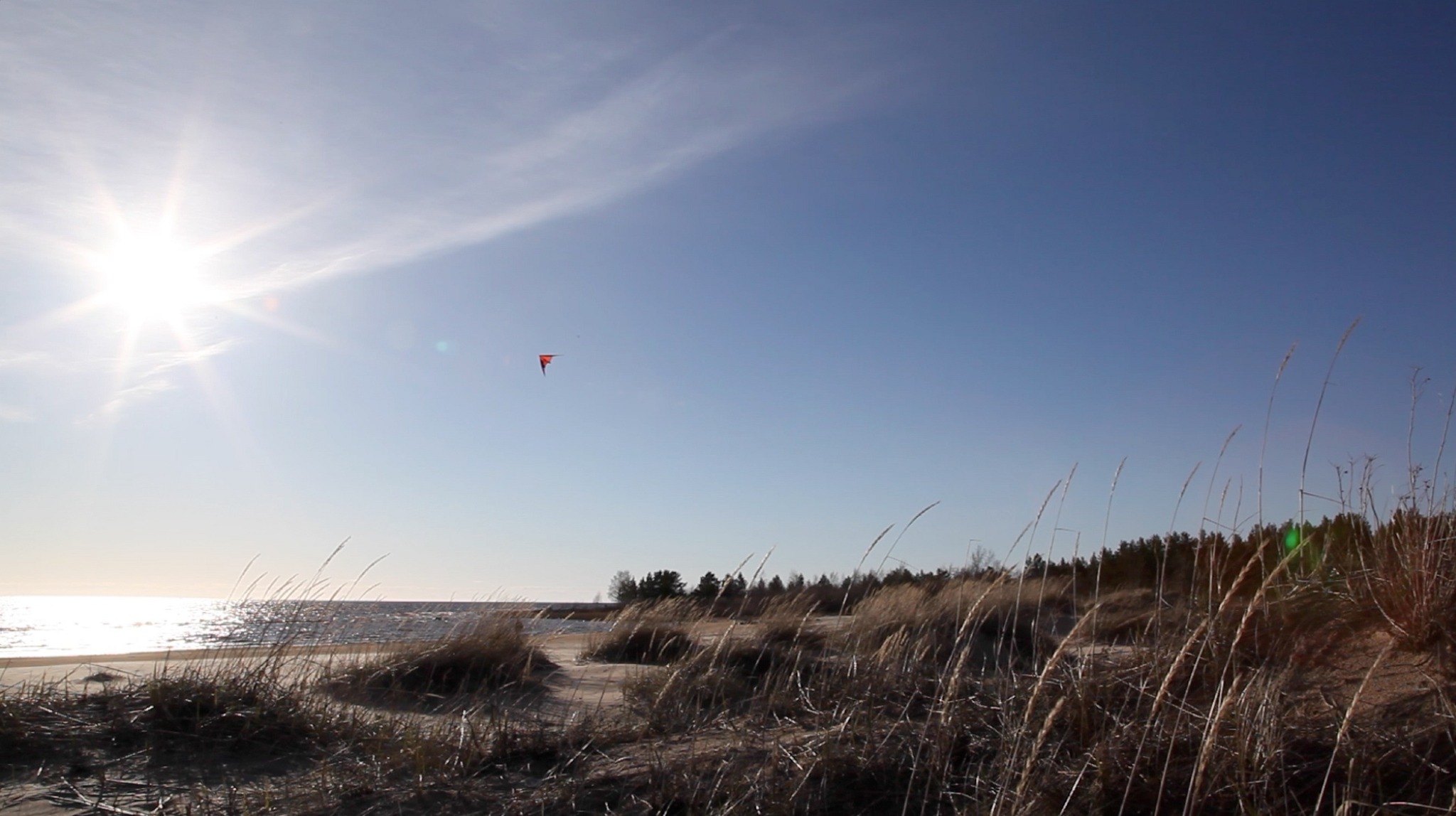

The sound core it is built upon the principles of composition with granular and pulsar synthesis, developed by Curtis Roads, in collaboration with Alberto de Campo.
Pulsar Kite continued his development during a Residences in
1)Hair Art Hailuoto, Oulu, Finland.
Pulsar Kite Hailuoto Teaser from Juan Duarte Regino on Vimeo.
Pulsar Kite in Hailuoto Pöllännokka from Juan Duarte Regino on Vimeo.
2) Center for Contemporary Art - Castle Ujazdowski
Pulsar Kite - SoCCoS - CCA - Warsaw. Poland. from Juan Duarte Regino on Vimeo.
3) Institute of Advanced Media Arts and Sciences
It also was featured in the Inter-format Symposium 2014 "On Flux of Sand and Aquatic Ecosystems" in Nida Art Colony.
Inter-format Symposium 2014 "On Flux of Sand and Aquatic Ecosystems" from Nida Art Colony on Vimeo.
Project supported by FONCA CONACYT, Aalto Media Lab, and Aalto Media Factory.
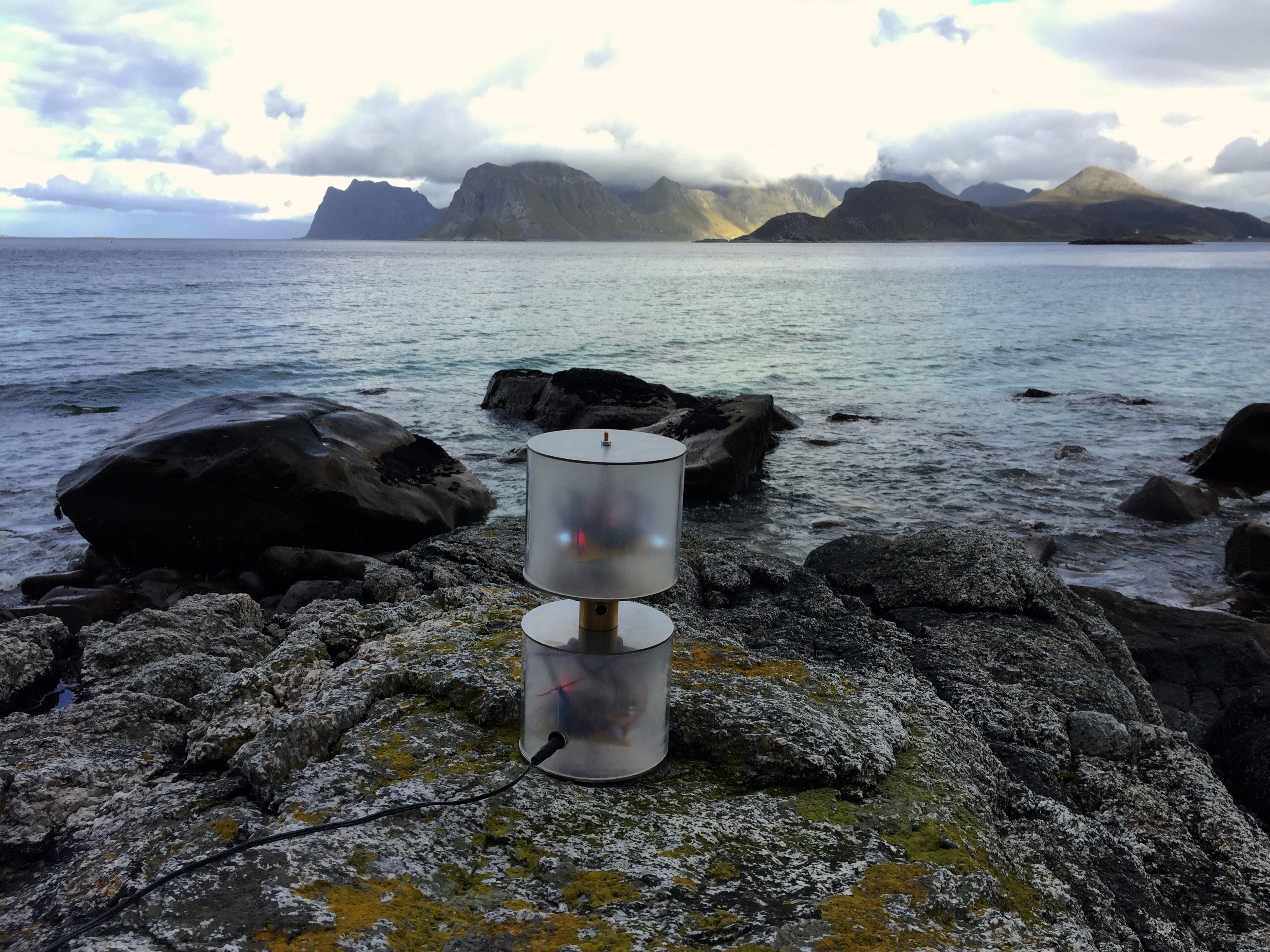

Paper Link:
The Aeolian
Aeolian Artefacts takes conceptually as a reference an ancient instrument, known as the Aeolian Harp (cf. Kircher, A. ca 1650.), that was used as an object that enables sacred spaces, such as mountains and temples, to "have a voice" according to an automatic mechanism that played with strings and resonators by the aleatoric forces of wind. This artistic practice achieved the concretion of pioneer scientific advances in acoustics, music theory, and instrument invention to register natural phenomena. Recently, sound artists and experimental musicians, including Gordon Monahan and John Grzinich, worked with Aeolian Harps for sound installations to record ambient interactions of wind with string-to-building resonators, to activate spaces sonically, producing uncanny and "supernatural" recordings that blend wind forces and material and spatial qualities into a single sonic material.


Aeolian Artefacts is a piece that brings to the audience an experience of Augmented Listening of the Wind, where subtle changes in an open-air environment drive generative soundscapes. Using wind sensitive systems to detect orientation and speed of the wind, and acoustic events that are registered and processed as a generative sound piece by a network of sensor networks. The experience of augmented listening is interested to perceive the changes in wind and temperature are detected and processed by electro-acoustic devices. The nodes used to perform the installation include transmission and reception devices that operate within an ecosystem of environmental and electromagnetic signals, articulated in an auto-generative way. Different dynamics of the wind are recognized as a phenomenon that encompasses the micro to the macro temporal structure. The resulting sound piece emphasizes the wind as a phenomenon disseminated and reconstructed by means of the electronic process and radio signals: that is manifested as a system of functions, which resembles the cycles of the climate in our planet.
Exhibición 2. Creación en movimiemto. FONCA. Centro Nacional de las Artes. San Luis Potosí, México.
Exhibición 3. Generate!* Festival 2017


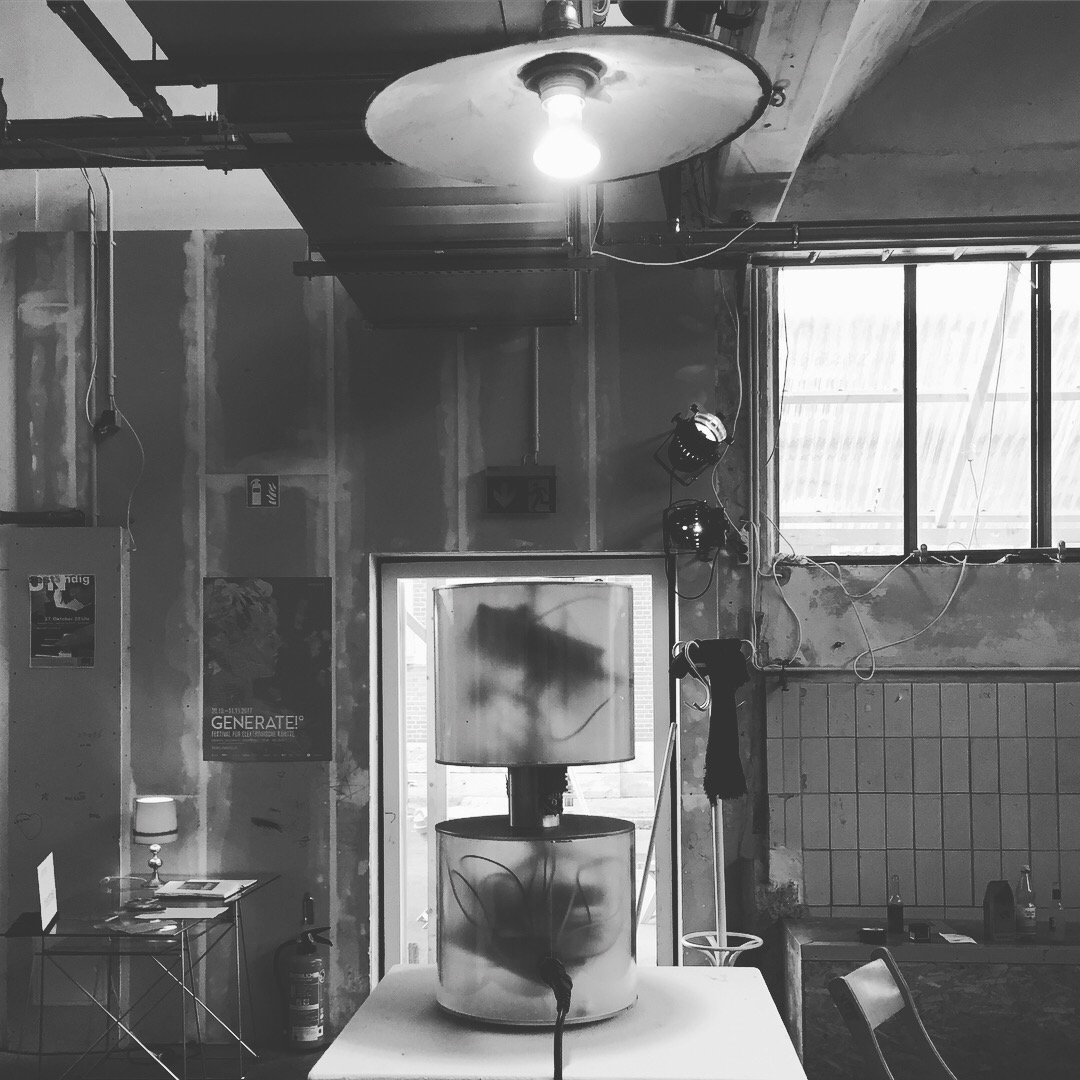
FONCA. Jóvenes Creadores (Multimedia) 2016-2017.
Pixelache Heslinki- Piknik Freq Ry
